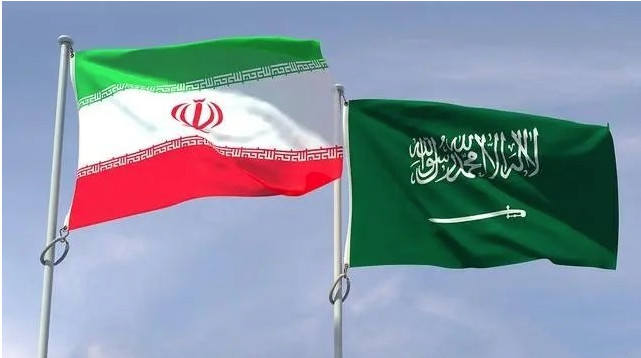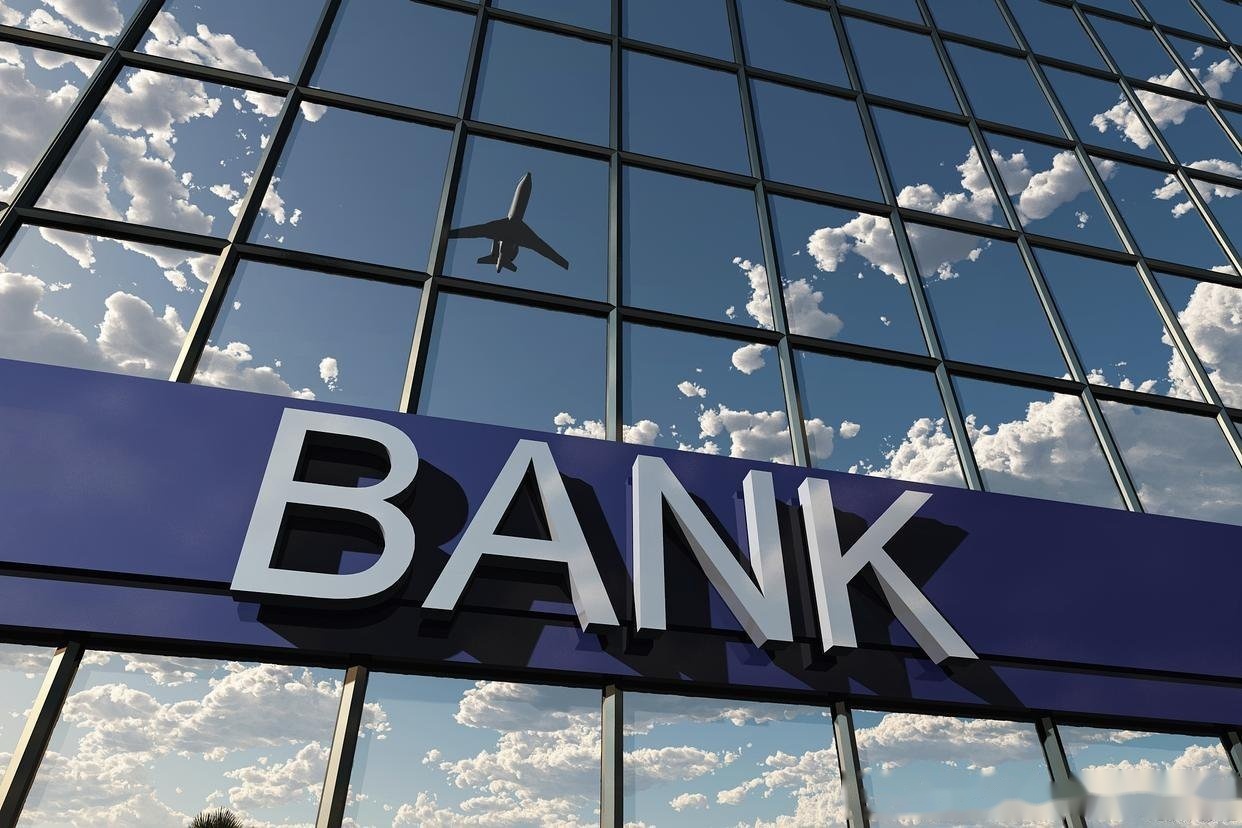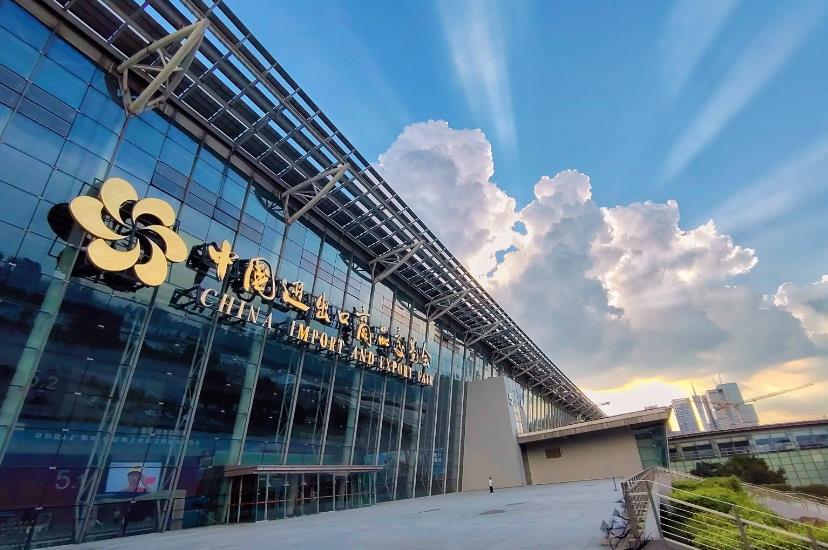Analysis of the Development Prospects of the Building Waterproofing Industry
The global building waterproofing market has witnessed steady growth in recent years. According to Grand View Research, the market was valued at $62.3 billion in 2023 and is projected to expand at a CAGR of 6.8% from 2024 to 2030.
This growth is fueled by rising construction activities, stricter building codes, and increasing awareness of water damage risks.
Key segments include:
- Materials: Bitumen, polymers (PVC, TPO, EPDM), polyurethane, and cementitious coatings.- Applications: Roofing, basements, walls, bathrooms, and bridges.
- End-users: Residential, commercial, and industrial sectors.
Asia-Pacific dominates the market due to rapid urbanization in countries like China and India, while North America and Europe focus on eco-friendly and high-performance solutions.
2. Key Drivers of Growth
a) Urbanization and Infrastructure Development
Global urban populations are expected to reach 6.7 billion by 2050 (UN). Megacities require resilient infrastructure, driving demand for waterproofing systems in high-rise buildings, tunnels, and transportation networks.b) Climate Change and Extreme Weather
Increasing floods, storms, and humidity levels have heightened the need for waterproofing to protect structures from moisture ingress, mold, and structural decay. Governments are mandating stricter waterproofing standards in flood-prone regions.
c) Green Building Trends
Sustainable construction practices, such as LEED and BREEAM certifications, prioritize energy-efficient and durable materials. Waterproofing membranes with recyclable properties and low VOC emissions are gaining traction.d) Renovation and Retrofitting
Aging infrastructure in developed





